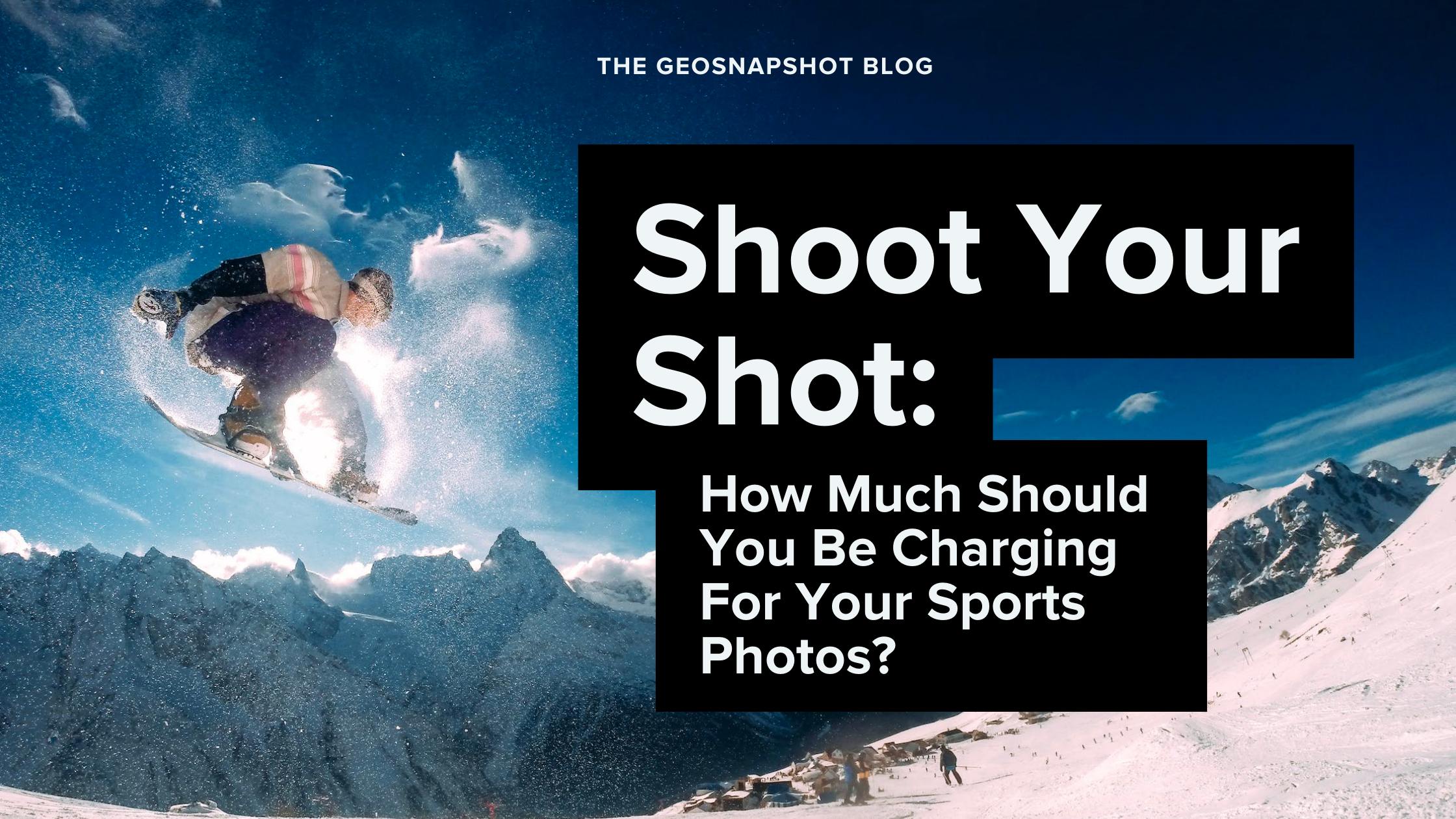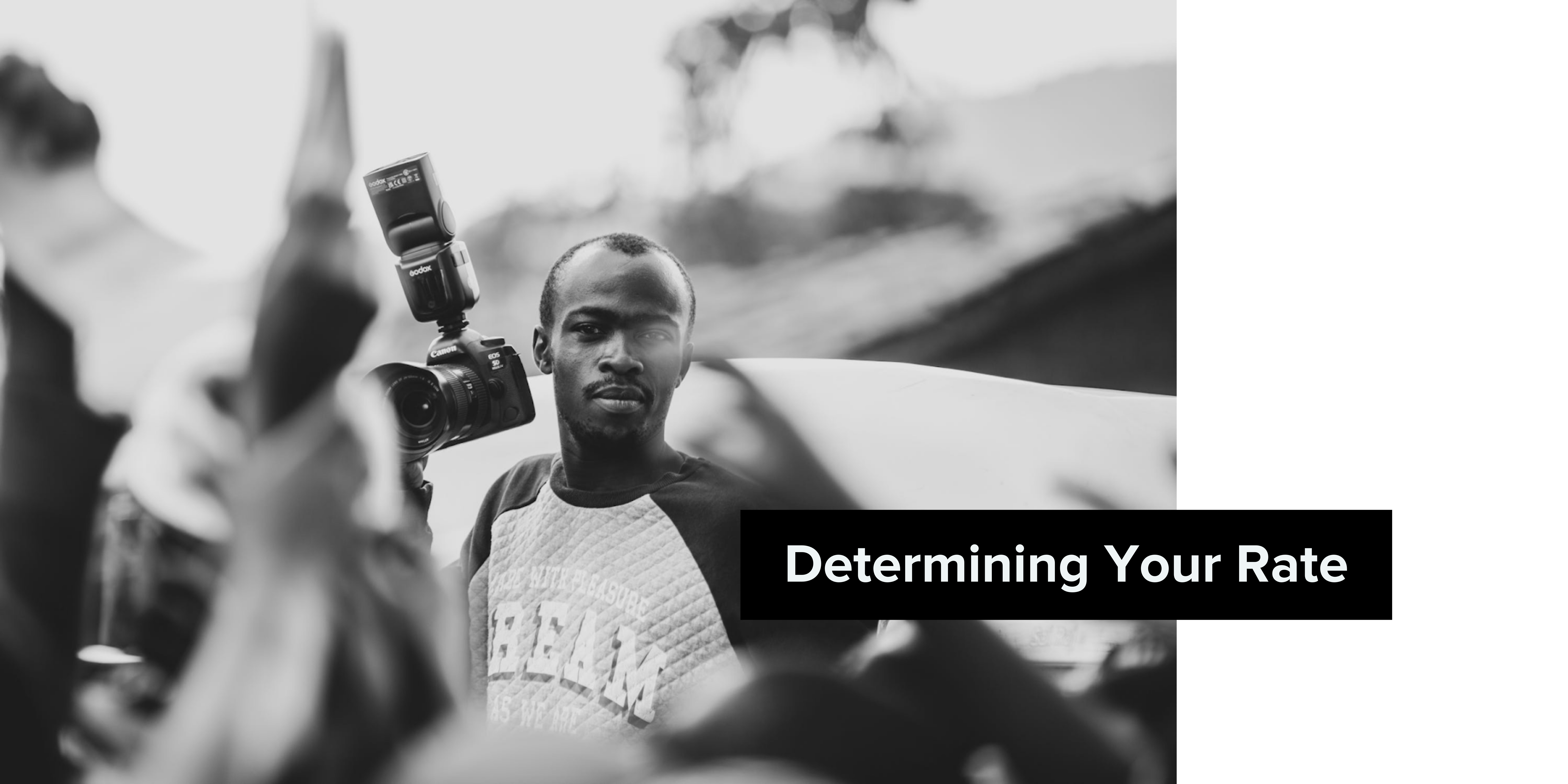
You’ve lined up a local match or a championship showdown to capture, excitedly planned the day’s itinerary, anticipated the weather, and carefully selected your gear.
One burning question remains: how can you price your photos in a way that is fair, consistent, and compelling to customers without ever undervaluing your hard work?
In this comprehensive guide to pricing your photos, GeoSnapShot answers your burning questions on valuing your images, including:
- How much should a sports photographer be charging to photograph an event?
- How can you create consistent, fair, and compelling pricing packages for event organizers?
- How much should a sports photographer charge athletes for individual photos?
- How can you upsell athletes by bundling photos into compelling deals?
- …plus a bonus tip that will put you ahead of the game and encourage athletes to purchase double the photos from you than they normally would!
How much should a sports photographer be charging?
Generally speaking, sports photographers will charge for their work by one (or two) of three ways:
- An hourly rate for event organizers
- A flat-fee for the entire event for event organizers
- Charging a price-per-photo
The rates for the above are informed by a variety of factors, including:
- The length of the shoot
- The type of event (some sports, for example, may require more complex gear than others)
- The final product desired (for example: whether or not an event has requested post-processing and editing).
- Additional expenses: in addition to the shooting fee, photographers may charge additional rates covering their expenses, including editing, printing, travel, and accommodation expenses. More on that later.

Sports photographers’ rates are informed by a multitude of different factors, including the photographer’s work experience and the organizer’s expectations.
If you’ve been hired directly by an event organizer to shoot a game, it’s important to work out your rate well in advance so that you can anticipate any additional expenses. It’s important to ask the organizer questions that will inform how much you charge them, such as:
- What type of coverage do they desire?
- Do they expect editing and post-processing of photos, and to what extent?
- Are travel expenses to be covered?
- Are they expecting digital images, prints, or both?
It’s also important to remember that your experience in sports photography vastly affects your rate. A photographer with one year of experience, for example, likely doesn’t have the same technical abilities as a photographer with ten years of experience, who can therefore charge more for their time.
Keeping this in mind: what’s the first step to determining your rate? Estimating the market rate and your annual operating costs.
From there, divide your costs by the weeks of the year you intend to shoot. This will help you determine how much money you need to charge weekly in order to earn a profit.
The National Press Association has a handy calculator here that you can use to plug in the numbers from this article and determine your rate.
.png?width=6912&height=3456&name=Blog%20Banners%202023%20(1).png)
Put simply: the market rate refers to how much the average sports photographer is charging for their time. This can be estimated by researching local photographers and sports photographers at your level in your area, and finding their public-facing pricing packages. These are usually found on their websites.
Determining Your Operating Costs
Matching your prices to competitors, however, isn’t enough to ensure that you break even.
It is important to measure your fixed and variable operating costs. These can include anything from:
- Cameras, lenses, and other equipment costs
- Monthly rent, if you have a dedicated office, as well as utilities such as internet service.
- Subscriptions for editing software
- Your website-related costs
- Travel expenses
- Advertising costs
- Public Liability Insurance, unless you are a sports photographer using GeoSnapShot, in which case you receive Public Liability Insurance for free!
Operating costs aside, you need to also determine the number of hours you spend working on a job.
Remember that the time you spend on a job include:
- Time spent photographing the match
- Any time spent communicating with clients before a shoot
- Any location scouting (if requested)
- Photo editing time after the shoot
- Additional meetings requested by the event organizers
- Any inductions requested that you undergo by event organizers
What about the tax question?
Finally, don’t forget to account for taxes when setting your rates, including self employment tax rates.
Obviously, this will vary by location. Be sure to check your local and federal tax rates.
.png?width=6912&height=3456&name=Blog%20Banners%202023%20(2).png)
Many sports photographers also make an income by charging for individual photos. These can be digital images, prints, or both.
The cost of digital images can range from just a few dollars to hundreds or even thousands of dollars, depending on the quality and size of the files. As mentioned above, when pricing digital images, it's important to consider the market rate for photos, the costs of production, and the value to the athlete.
The average price for a digital image on GeoSnapShot, for example, is $8.95.
When calculating the prices for your digital files, be sure to use the calculation method discussed above– however, instead divide your operating costs by the number of photos you anticipate selling per event.
The cost for prints can also vary greatly, depending on the size and type of print, production costs, and the quality of paper and printing process requested. For example, a single 4x6 print might only cost a few dollars, while a large 20x30 canvas print could cost hundreds of dollars. Once again, to determine costs for your printed images, it’s important to first calculate your operating costs to ensure that you at least break even on any expenses.
.png?width=6912&height=3456&name=Blog%20Banners%202023%20(3).png)
When selling individual images, offering customers the most bang for their buck by way of photo deals and packages can help motivate people to purchase more images.
With GeoSnapShot, for example, choose to offer individual photos for sale, discount packs, or bundles. Simply set your prices, let the GeoSnapShot handle payments and customer support, and request your payout at any time.
A key but often overlooked component of ensuring people purchase as many images as possible? Make sure photos are easily accessible and visible.
One of the biggest reasons for lost sports photography sales is the simple fact that it may take the average person hours to comb through countless event photos in search of the images they want.
Take out the work for them and ensure they can find and purchase all photos of themselves from an event in seconds with GeoSnapShot’s selfie-search. In your event gallery, press, event organizers, teams, athletes and their loved ones can search-by-selfie and are presented with all photos and videos they’re featured in from an event. From there, they can simply click to purchase.
